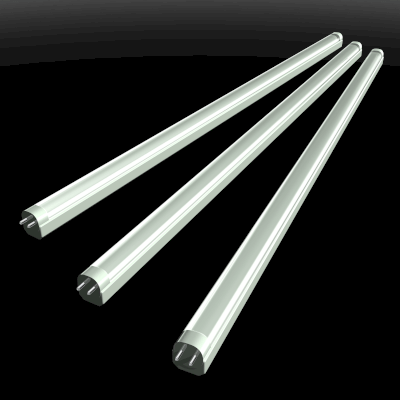What Is a CCFL?

CCFL (Cold Cathode Fluorescent Lamp) refers to a type of fluorescent lamp called a cold cathode tube.
Conventional fluorescent lamps, such as hot cathode fluorescent lamps (HCFLs), emit electrons from the emitter by heating the electrodes, while CCFLs emit electrons and light up without heating the electrodes.
Therefore, since it does not have a filament, the tube as a single unit boasts an extremely long life.
Furthermore, they have the advantage of high color rendering and luminance and can be brightly illuminated with little power consumption.
Applications of CCFLs
CCFLs have been used as light sources for industrial equipment for more than 40 years.
They were mainly used in places where blinking lights (on/off) were required, such as backlights for monitors, reading light sources for fax machines and scanners, and decorative light sources for amusement equipment.
Later, with the spread of PCs and LCD TVs, they became indispensable for LCD monitors.
In addition, LEDs are now also used for lighting.
Specifically, CCFLs are suitable for use in offices, condominiums, commercial facilities, hospitals, nursing care facilities, schools, convenience stores, factories, poultry farms, etc.
Principle of CCFLs
CCFLs are similar to fluorescent lamps but differ in that they emit electrons without heating the electrodes.
First, they emit ultraviolet light. The ultraviolet light is emitted when the excited Hg returns to its ground state upon collision with an electron.
However, it is inefficient because the electrons are said to be very small (with a radius of about 0.282 x 10-5 nm), which means that the probability of colliding with a Hg atom (with a radius of 0.141 nm) is low.
As a countermeasure, inert gases such as Ar or Ne are enclosed to enhance the efficiency of Hg excitation.
These substances play a major role in maintaining the discharge and facilitating energy transfer to Hg.
Next, conversion to visible light is performed. Phosphors coated on the inner wall of the tube are converted to visible light by excitation with ultraviolet light.
By changing the type of phosphor, various colors of visible light can be emitted.